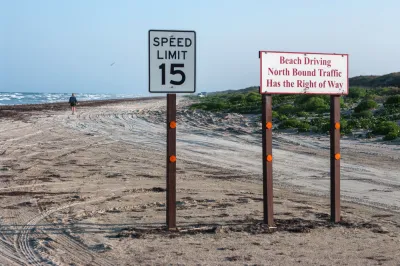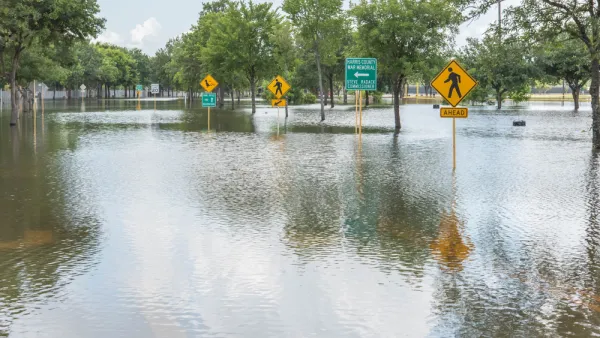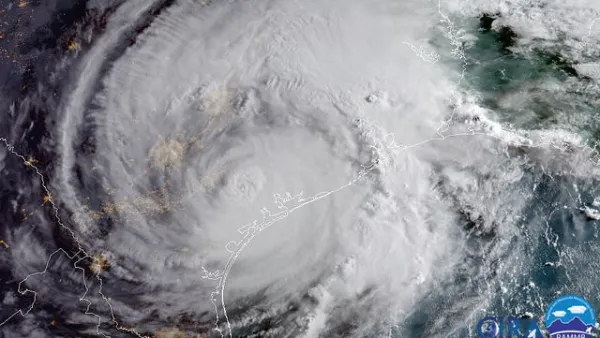In a new book, lawyer Jim Blackburn suggests that engaging private landowners is the only way to manage the coast of his home state.

Hurricane Harvey brought up a number of questions for residents of the Gulf Coast of Texas. Was the damage so severe because of zoning, or sprawl, or climate change? Is it better to rebuild or buy out? Is a storm just as severe inevitable?
And more than anything, how do we keep this from happening again?
Environmental lawyer Jim Blackburn presents one strategy in his new book, A Texan Plan for the Texas Coast, calling “not for greater regulation but for new markets.”
There are several unique attributes of the Gulf Coast of Texas that make a private-sector approach to management the strongest, according to the author, who leads a research group at Rice University called the Severe Storm Prevention, Education, and Evacuation from Disasters Center (SSPEED).
“The Texas Gulf coast is one of the least regulated of U.S. coastal areas. Blackburn attests that without federal environmental law (Clean Air Act and Clean Water Act) and the Army Corps of Engineers, for which he taught in the 1980s, there would be no environmental law on the Texas coast. Since 1972, when Texas rejected the federal regulations and funding of the Coastal Zone Management Act (CZMA), the state has more or less managed its own coast.”
A related attribute is that 80 percent of the land along the Texas Gulf Coast is privately owned. Private property rights in Texas are sacred, so that’s unlikely to change.
“In a market economics based approach, private landholders would sell carbon sequestration credits to corporations in the form of (unregulated) commodity contracts. The consumer would then, ostensibly, purchase such products branded as carbon-neutral.”
Not everyone believes that a voluntary system would be effective, but “Blackburn is optimistic. In his view, eco-services of ranching, birding, and fishing would continue to be maintained through private litigation, entrepreneurship, competition, and personal commitment."
FULL STORY: BOOK ON THE TEXAS GULF COAST OFFERS ‘TEXAN PLAN’

Analysis: Cybertruck Fatality Rate Far Exceeds That of Ford Pinto
The Tesla Cybertruck was recalled seven times last year.

National Parks Layoffs Will Cause Communities to Lose Billions
Thousands of essential park workers were laid off this week, just before the busy spring break season.

Retro-silient?: America’s First “Eco-burb,” The Woodlands Turns 50
A master-planned community north of Houston offers lessons on green infrastructure and resilient design, but falls short of its founder’s lofty affordability and walkability goals.

Test News Post 1
This is a summary

Analysis: Cybertruck Fatality Rate Far Exceeds That of Ford Pinto
The Tesla Cybertruck was recalled seven times last year.

Test News Headline 46
Test for the image on the front page.
Urban Design for Planners 1: Software Tools
This six-course series explores essential urban design concepts using open source software and equips planners with the tools they need to participate fully in the urban design process.
Planning for Universal Design
Learn the tools for implementing Universal Design in planning regulations.
EMC Planning Group, Inc.
Planetizen
Planetizen
Mpact (formerly Rail~Volution)
Great Falls Development Authority, Inc.
HUDs Office of Policy Development and Research
NYU Wagner Graduate School of Public Service




























